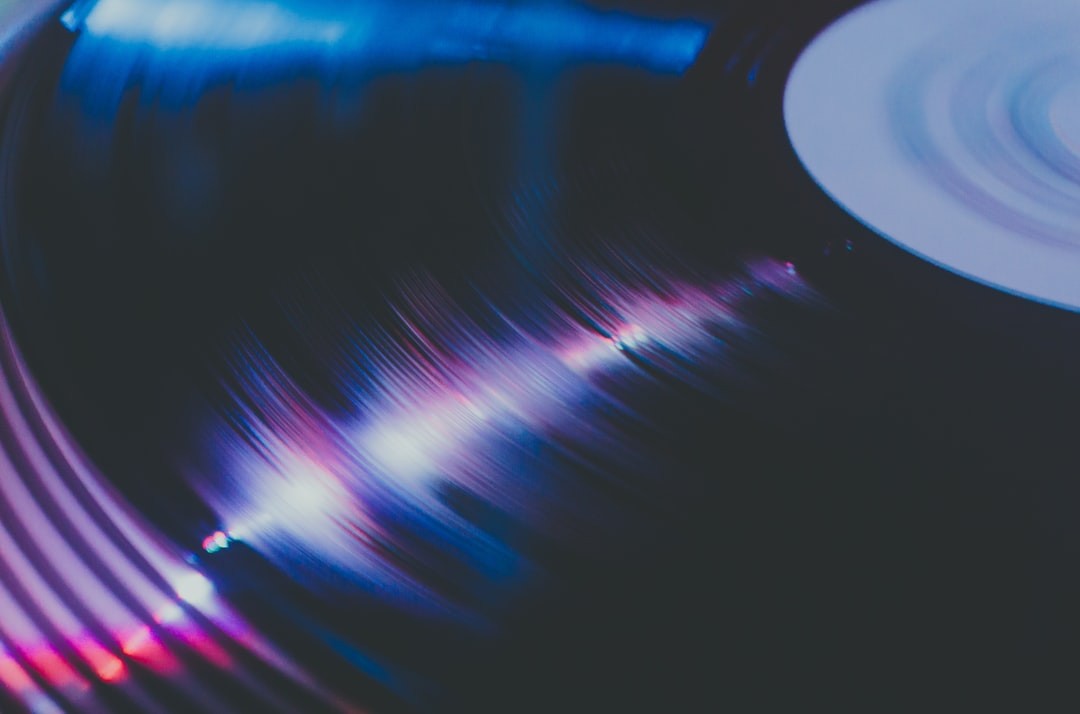Good day, everyone!
This is our very first blog entry! Now and then, we will offer various things on our blog, such as music analyses like this one, future news and events, and other music-related items that we would want to share with you!
Today's blog article delves into the history of the sound and music for two of the most spectacular Disney movies, Finding Nemo and Finding Dory! We adore these works, and the music and sound score plays a key role in that! The foley and sound score are fascinating, and we hope this brief essay offers you some insight into how remarkable the music's behind-the-scenes was!
The composer for these amazing, classic films is Thomas Newnam. The film's production began in January 2000, with a staff of 180 people only for the sound and music.
Newman has been recognized as the film's co-storyteller. His vision for the film's sound composition was to make it believable rather than realistic. The film's concepts and emotions are indeed genuine. It depicts the loss of family and anxiety about being a responsible parent, and these themes are revisited in Finding Dory. He musicalizes the film's many emotions by highlighting them. "They're real," he continues, “In terms of storytelling, they all need to be addressed in a certain way.”
Gary Rydstorm was in charge of the film's sounds rather than the composition, working alongside Al Nelson (supervising foley editor), Shannon Mills (sound effects editor), and Teresa Eckton (sound effects editor).
He spent a significant amount of time capturing noises to give the sensation of being underwater. "This was a movie with no feet, footsteps, and no traditional foley," Rydstrom explains.
Rydstorm, like Newnam, did not try for a genuine sounding soundtrack, but rather something that contributes to the picture to make it credible. One of his first thoughts was to go inside pet stores and record microphones being carried around in the water, but he quickly realized that this sounded too dull.
Typically, specific noises in films are linked to different characters. Each individual has their unique sound to create a believable movement track. Rydstorm preferred the sound generated with a paper towel for Nemo's damaged fin. It had a 'little flutter almost like a wing flap… almost a hummingbird quality to it’ he said.
Marlin's voice was borrowed from the Pixar short 'Knick Knack,' which was more manic in tone, but Dory's sound was smoother and more cutting. 'She's just going through life having a good time,' Rydstorm says. ‘We tried every trick in the book to differentiate the main characters with sound'.
Other noises, such as the foley for the jellyfish scene, were made by bouncing his finger on a hot water bottle, resulting in a watery, muffled ‘glug.’
References
https://www.ukessays.com/essays/film-studies/use-of-music-by-thomas-newman-film-studies-essay.php
http://variety.com/2016/artisans/production/finding-dory-composer-thomas-newman-1201785340/
http://www.pixartalk.com/feature-films/nemo/finding-nemo-production-notes/



